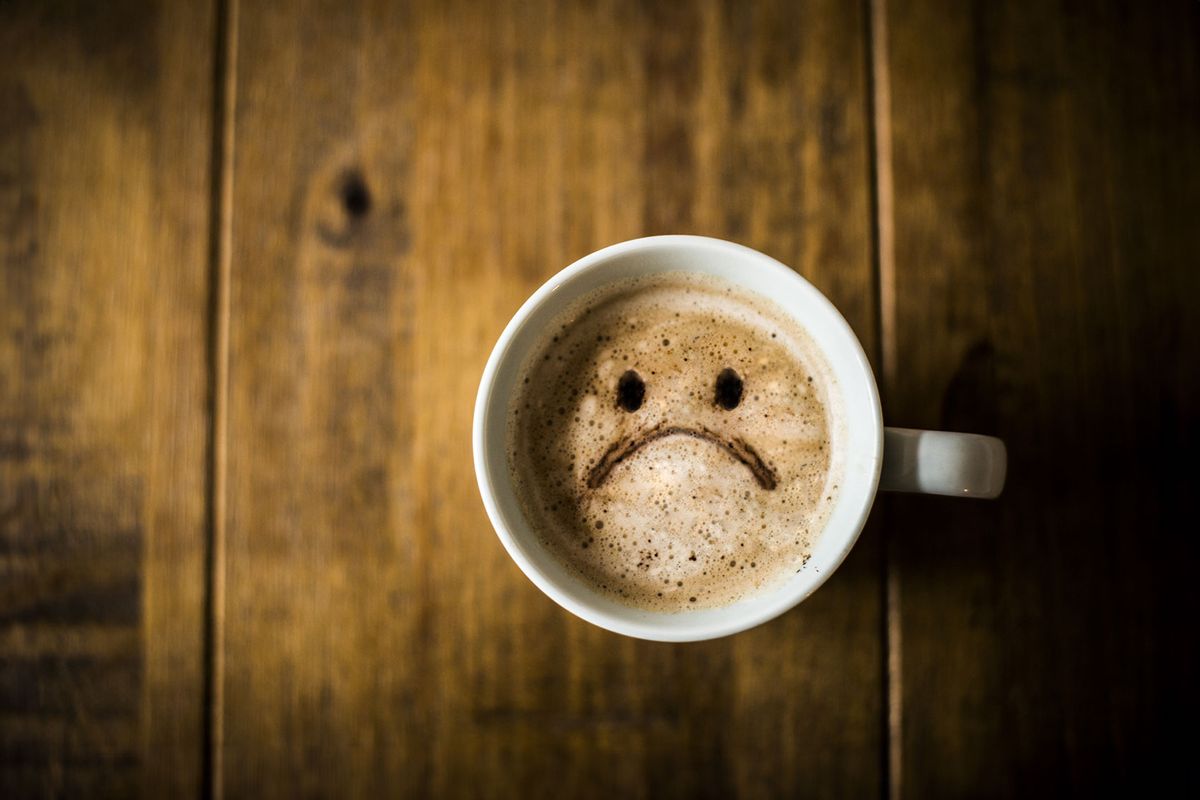Hipster coffee enthusiasts have taken the joy out of coffee

Coffee is multifunctional: For some, like me, it’s a morning necessity. For others, it’s a once in a while indulgence. And for a select few, it’s a sugary treat — something that’s more akin to dessert than mandatory fuel.
Regardless of what purpose coffee serves for you, the beverage is at its crux pleasurable. There’s nothing like stopping by at your local coffee shop, grabbing a beverage and reveling in that first sip. In a world where global atrocities continue to make headlines and the onset of another debilitating pandemic doesn’t seem like a far-fetched concept, coffee provides a bit of a reprieve.
That, however, has been tainted by hipster cafes: swanky spots with fancy barista gadgets, beans sourced from an array of exclusive locations (like coffee excreted from civet cats found on the islands of Bali!), and a menu that’s shorter than my weekly grocery list. If the unconventional coffee isn’t enough to grab your attention, the eye-catching aesthetic certainly will. Such cafes are either riddled with minimalistic decor or filled with a superfluous amount of plants and wacky artwork.
Hipster cafes — which is basically a euphemism for high-end, overpriced coffee shops — have long existed as an extension of so-called “coffee culture.” The fact that the term “culture” is even associated with coffee is pretty cringe. But so are the folks who wholeheartedly embrace it. Liking black coffee, as opposed to a PSL or frappuccino, is suddenly a measure of one’s caffeine expertise, instead of just a simple drink preference. Flaunting where and how your coffee beans were sourced is suddenly a symbol of superiority. And comparing how debilitating your own caffeine habits are suddenly determines whether you’re even worthy of drinking the darn beverage.
That’s all to say that “coffee culture” is pretentious. As described by one Redditor in a 2020 post titled “Coffee culture is just as annoying/cringey as weed culture,” people “use it as a crutch for gaps in their personality.” Hipster cafes are only feeding into that culture, providing customers the standard drink options of an espresso, an americano, a latte, a macchiato and maybe one or two funky creations just to spice things up. Ask for a frappuccino and you’re bound to get several side-eyes and snarky remarks.
It’s no surprise why hipster coffee enthusiasts and cafes carry with them an air of superiority, considering that coffee shops have long been a marker of gentrification. It’s a tale as old as time: a swanky coffee shop marks its territory in a historically low-income neighborhood, meaning trouble is on the horizon.
We’ve seen this process play out in real time and in various works of entertainment (albeit, satirically). In the black comedy thriller series “The Curse,” a whitewashed minimalist coffee shop is built within the city of Española, New Mexico, under the guise of providing locals with new income opportunities. However, the reality of the situation is that the shop primarily exists to mass-gentrify the town and amass good publicity for an HGTV couple and their controversial new series, “Flipanthropy.”
“The coffee house has always been a mark of sophistication…and a barometer of gentrification,” coffee historian Matthew Green told The Guardian. “Even going back to [the] 1650s they were a sign of a rising tide of economic prosperity, because that’s when there was a trade boom.”
In the United States, the first coffeehouses were created as places where business was conducted. Take for example Merchant’s Coffee House, a Wall Street-based shop where merchants organized to create both the Bank of New York and reorganize the New York Chamber of Commerce amid the 1780s. Coffee was seen as a patriotic drink in the colonies following the Boston Tea Party, but it was also a snooty one. Coffee was the go-to beverage of intellectuals, free thinkers and creatives. Those esteemed enough to fuel real change in society were also noble enough to drink one or two (why not go crazy and have three even!) cups of fresh coffee.
Want more great food writing and recipes? Subscribe to Salon Food’s newsletter, The Bite.
Hipster cafes continue to cater to a subset of drinkers who can only be described as a modern-day iteration of those early caffeine aficionados. Their coffee remains “Black as hell, strong as death, sweet as love,” a Turkish proverb that also encompasses the die-hard attitude that so many folks have for their cup of joe.
Earlier this week marked National Peppermint Latte Day. So to celebrate, let’s just allow people to enjoy their coffee how they please. There’s no shame in enjoying a cup of coffee filled with all the sugary toppings your heart desires. There’s only shame in judging.
Read more
about coffee:

